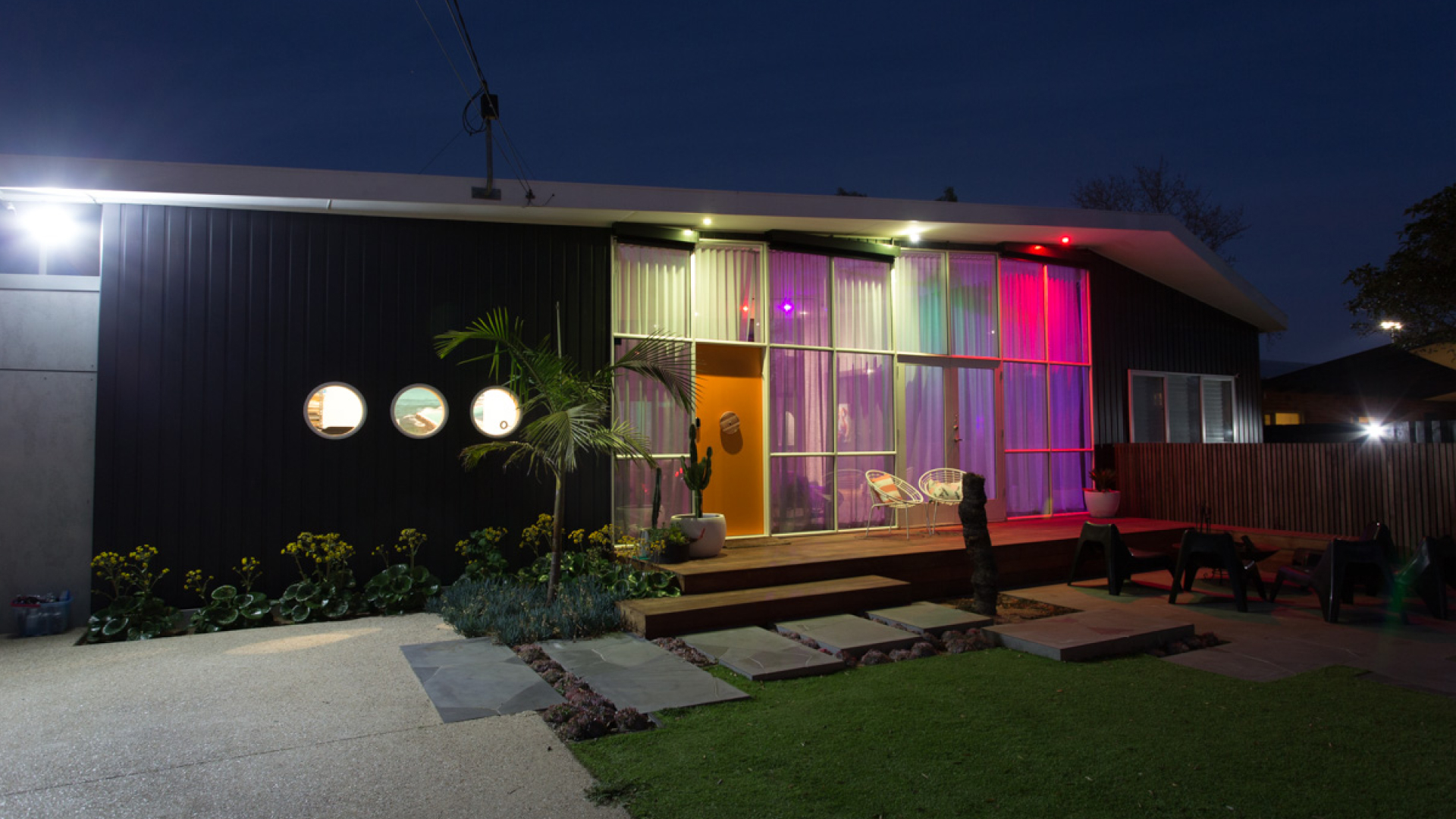Here’s something that can potentially ease, if not annihilate, Bengaluru’s traffic woes. Google’s Project Green Light is helping the city notorious for its jams and bottlenecks, improve traffic flow at intersections and reduce stop-and-go emissions.
This stems from an idea that Dotan Emanuel, researcher at Google, conceptualised over a dinner chat with his wife. Started in 2021, Google’s Project Green Light looks to optimise traffic lights in urban areas to reduce vehicle emissions, thereby contributing to the global effort to combat climate change and enhance urban mobility.
With AI and insights from Google Maps driving trends, Green Light demonstrates a deep understanding of global road networks. This enables it to model traffic patterns and build intelligent recommendations for city traffic engineers to optimise traffic flow.
“Project Green Light is now live in 13 global cities, like Rio, Hamburg, Bengaluru, and my hometown – Seattle,” said Juliet Rothenberg, product team lead of Climate AI at Google, in a recent interview with CBS News, demonstrating its workings. “Every red light is an opportunity for us,” she added.
Further, she said the early numbers indicate a potential for up to 30% reduction in stops and up to 10% cut in emissions at intersections. At the 70 intersections where Green Light is already live, this can save fuel and lower emissions for up to 30 million car rides monthly.”
Currently, Project Green Light operates at 70 intersections in 12 cities, including Bengaluru, Hyderabad, and Kolkata.
“Green Light has become an essential ally for the Kolkata Traffic Police. It contributes to safer, more efficient, and organised traffic flow and has helped us reduce gridlock at busy intersections,” said Vineet Kumar Goyal, the commissioner of police in Kolkata, reflecting on the initiative’s integration into the city.
He said that since November 2022, they have implemented suggestions at 13 intersections. “The outcome is excellent as per the feedback from commuters and traffic personnel,” he added.
Next Up: Solving ‘Ghost Traffic’
Project Green Light initiative has also addressed the concerns revolving around what you may call ‘ghost or phantom traffic‘, when congestion occurs seemingly without a clear cause.
A patented technology, Ghost Traffic Detection and Avoidance, outlines this approach to addressing ghost traffic. This technique mitigates traffic congestion by identifying road segments with high traffic volumes and providing speed recommendations to vehicles approaching those segments.
It works by gathering sensor data from vehicles and infrastructure, detecting areas of congestion, and then calculating a target speed for vehicles to maintain a safe distance from the cars in front and behind them.
This target speed is communicated to the drivers through a client device or vehicle interface. By ensuring consistent spacing between vehicles, the system aims to smoothen out traffic flow and reduce the stop-and-start patterns that often exacerbate congestion.
This is important because it addresses ‘ghost traffic jams’, where the traffic slows down without an apparent cause like accidents or roadwork. By managing vehicle speeds in response to real-time traffic conditions, it can significantly reduce unnecessary congestion and improve the overall traffic flow.
In other words, Google Maps provides real-time feedback to drivers, indicating the optimal speed to maintain in relation to the vehicle’s speed ahead. This is reflected through numerical or colour-coded indicators: green to speed up, yellow to slow down, and blue to maintain the same speed.
Recently, Google collaborated with the Bengaluru Traffic Police to reduce congestion. Features like Street View were introduced to offer real-time updates and alternative routes for faster commutes. Last year, the tech giant partnered with BMTC to optimise routes and schedules available to commuters using mobile phones.
Google’s Project Green Light certainly looks promising for curbing traffic congestion, not only in Bengaluru but also in other cities.
However, the tech giant is not alone in this initiative. Recently, a traffic control experiment was conducted in Nashville to understand if AI can solve phantom traffic.
Over 100 Nissan Rogue, Toyota RAV4, and Cadillac XT5 vehicles equipped with AI-powered control systems were designed to turn the cars into robot traffic managers. The researchers now aim to implement the same on a larger scale.
The space does look more exciting than ever.























